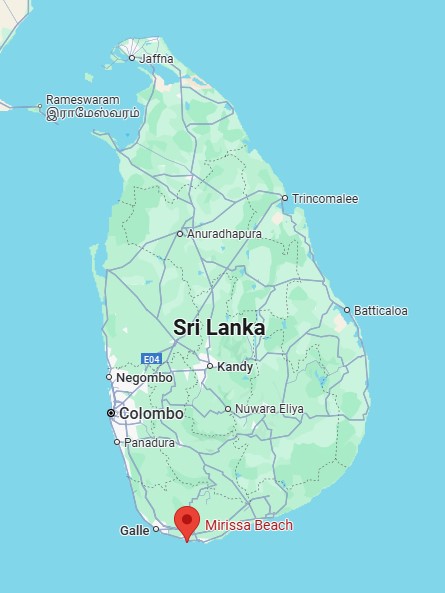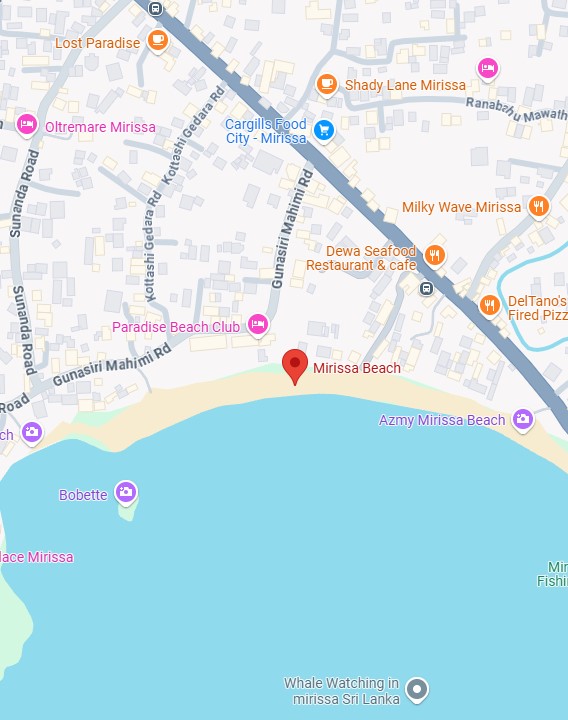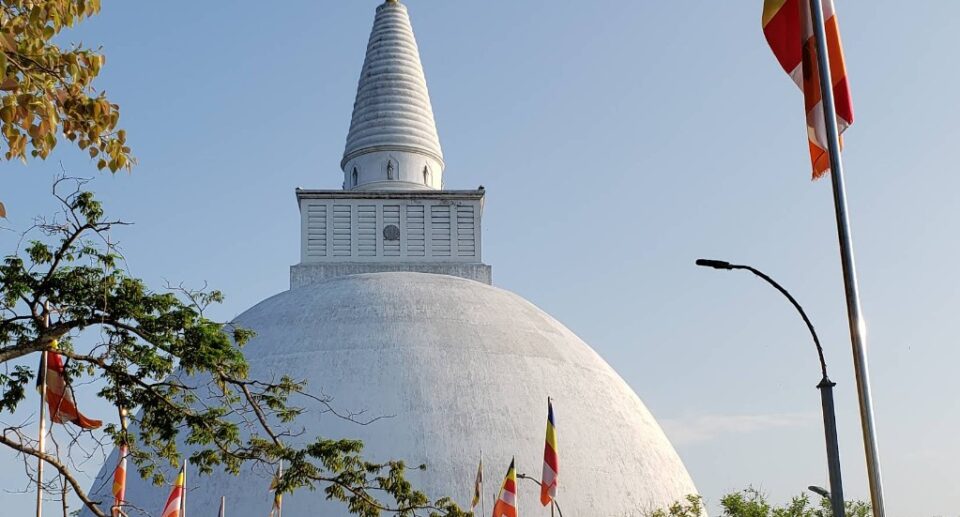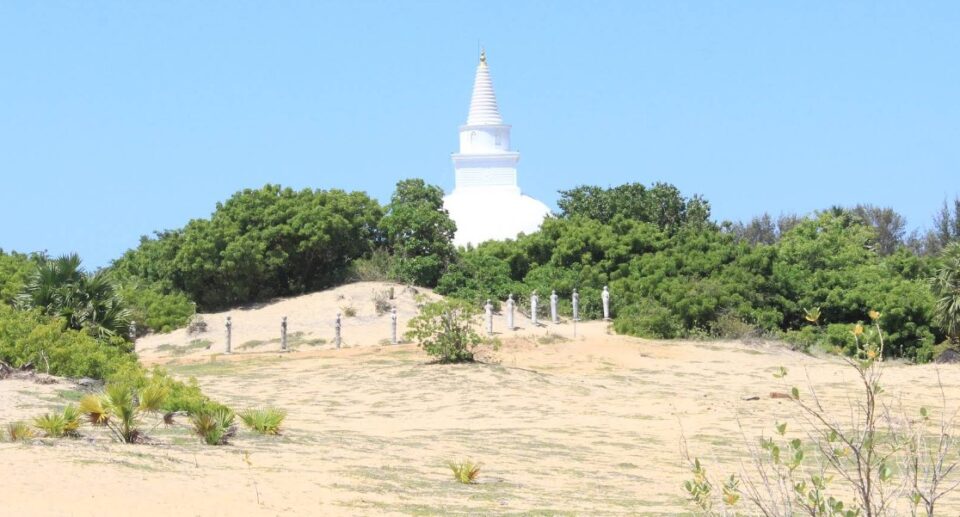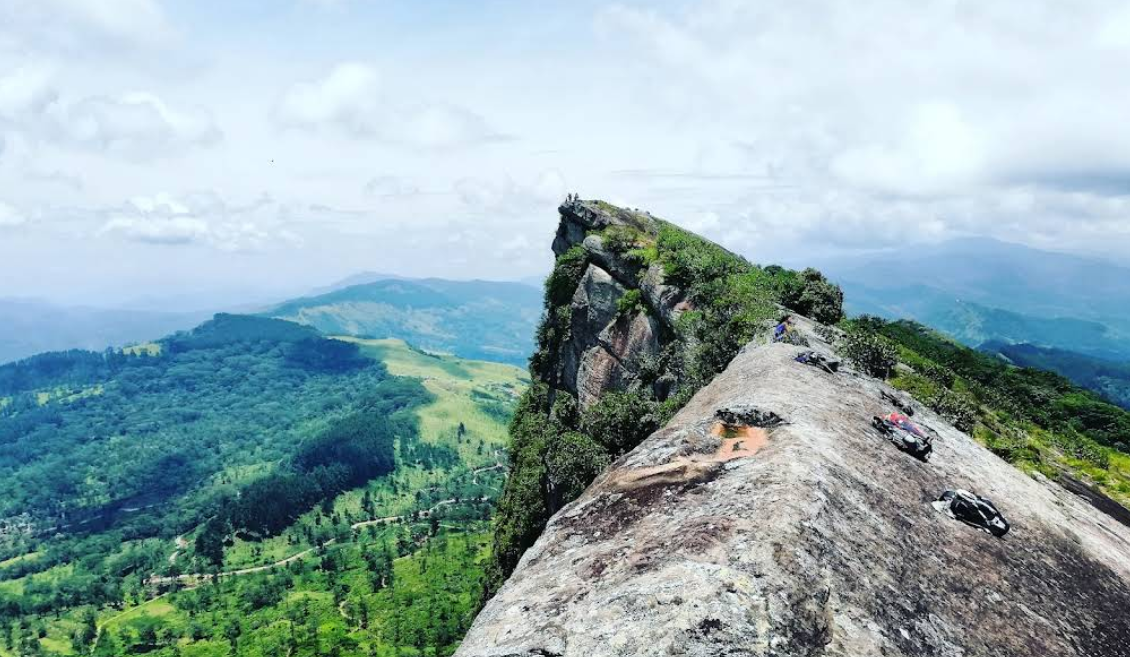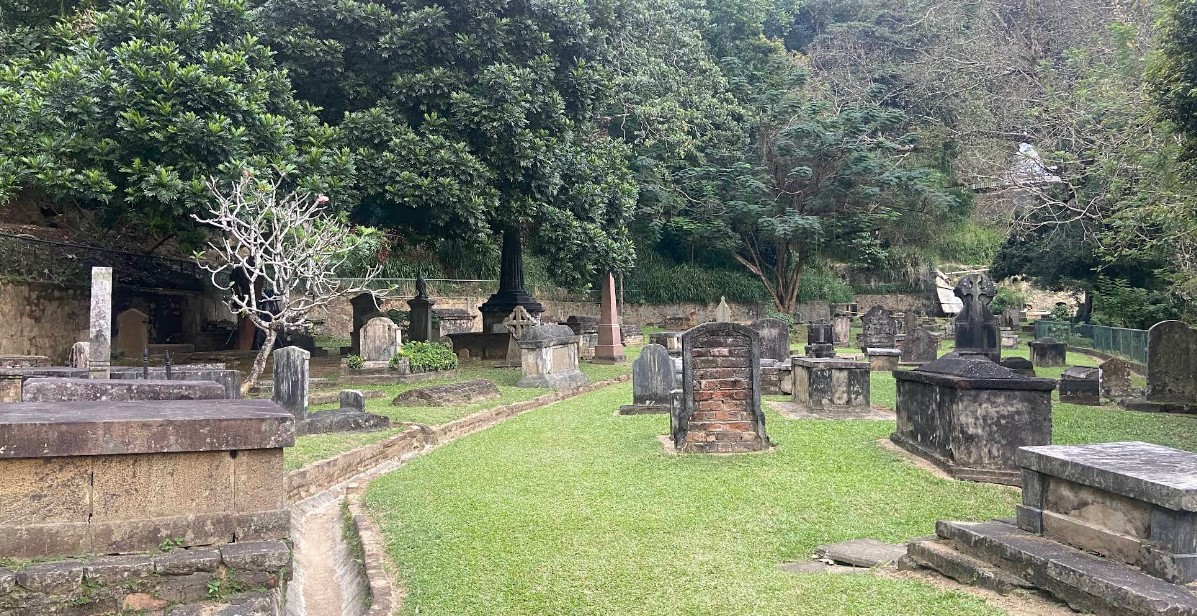Mirissa Beach: A Journey Through Sri Lanka’s Southern Coastal Charm
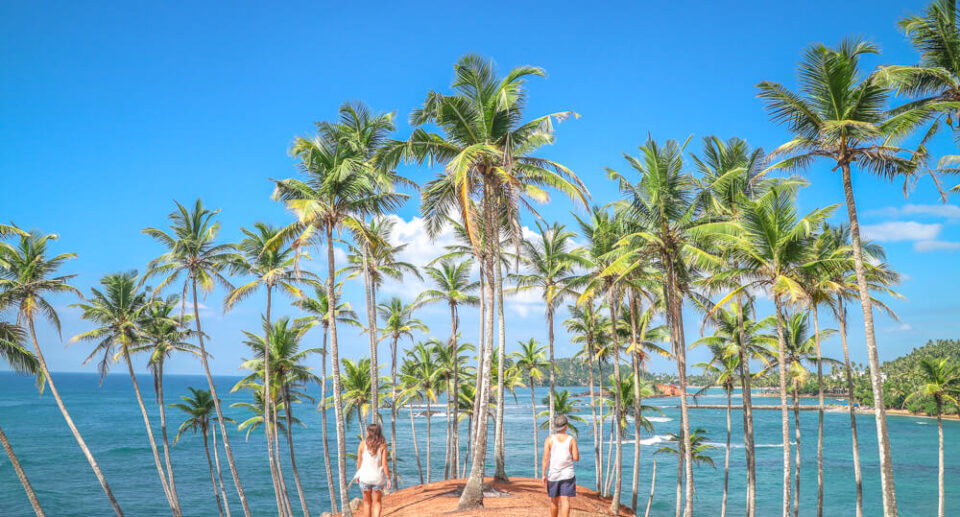
Sri Lanka’s southern coast is an outstanding blend of golden beaches, cultural attractions, vibrant settlements, and greenery. Two of its top attractions are Mirissa and Matara, two seaside towns a few kilometers apart from each other, yet each with its own distinctive character. Whereas Mirissa is renowned for its easy-going beach life and whale watching, Matara boasts a greater historical and cultural wealth as an old colonial fortress and local administrative town.
Combined, Mirissa and Matara form a must-have element of any southern Sri Lankan vacation package that combines the perfect blend of rest, adventure, and exploration.
Geographical Setting and Accessibility
Mirissa and Matara are located in Sri Lanka’s Southern Province, approximately 150–160 kilometers from the capital city of Colombo. A drive on the scenic Southern Expressway (E01) would only take 2.5 to 3 hours, or one may use the scenic train journey along the coast that gives one magnificent views of the Indian Ocean.
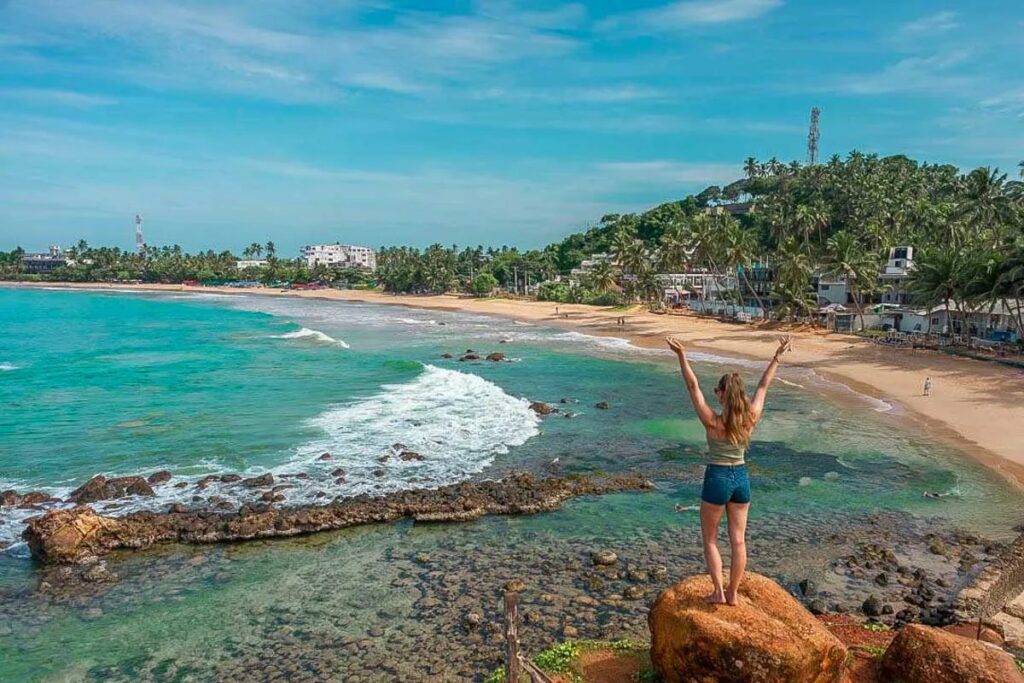
Mirissa is located about 35 km east of Galle and about 5–6 km west of Matara, which puts the two places within a 10–15-minute drive of each other.
Matara is one of Sri Lanka’s biggest cities in southern Sri Lanka and is the key entrance to the island country’s lesser-known interior villages and nature parks.
Mirissa: A Coastal Paradise
The Beach Experience
Mirissa is commonly known as a tropical paradise. Its crescent beach is lined with palm trees, beach restaurants, surf shops, and relaxed resorts, an ambience that spells peace and romance. The calm waters and silky shore are perfect for sunbathing, swimming, or simply reading a good book under a coconut tree.
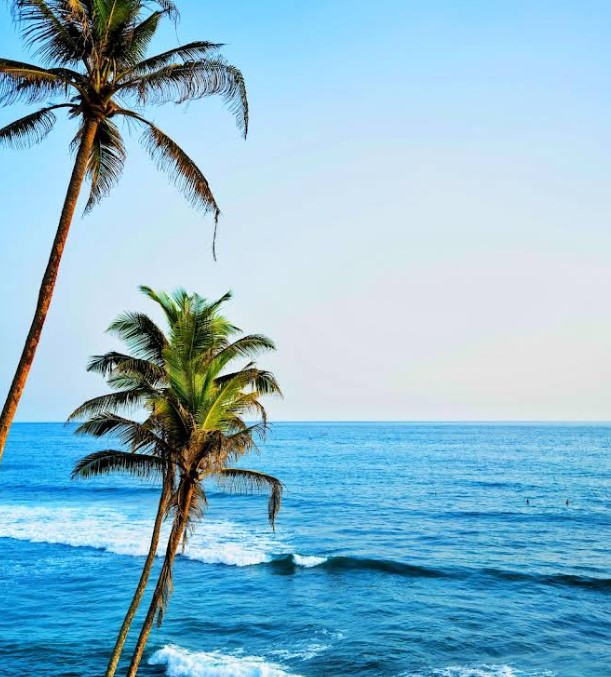
Mirissa Beach is also renowned for its breathtaking sunsets, the sky which radiates gorgeous colors of orange and pink, creating reflections on the calming waves. It’s one of the favorite places by honeymooners, solo travelers, and families in general.
Whale Watching
Whale watching is one of Mirissa’s greatest attractions. Between November and April, the sea off the south coast becomes a blue whale, sperm whale, and spinner dolphin migration route. A flotilla of up to dozens of boats sets off every morning from Mirissa harbour, giving tourists a once-in-a-lifetime opportunity to see the planet’s largest creature—the blue whale—in its natural state.
This eco-tourism activity has made Mirissa a global marine tourism destination, even though sustainable tourism is increasingly emphasized in a bid to not disrupt sea life.
Surfing and Snorkelling
Mirissa is also the hub for water sports. The beach waves and breaks off the shore offer good surfing conditions for new and intermediate level surfers. Snorkelling at the eastern end of the beach (along Parrot Rock) reveals coral reefs and tropical fish.
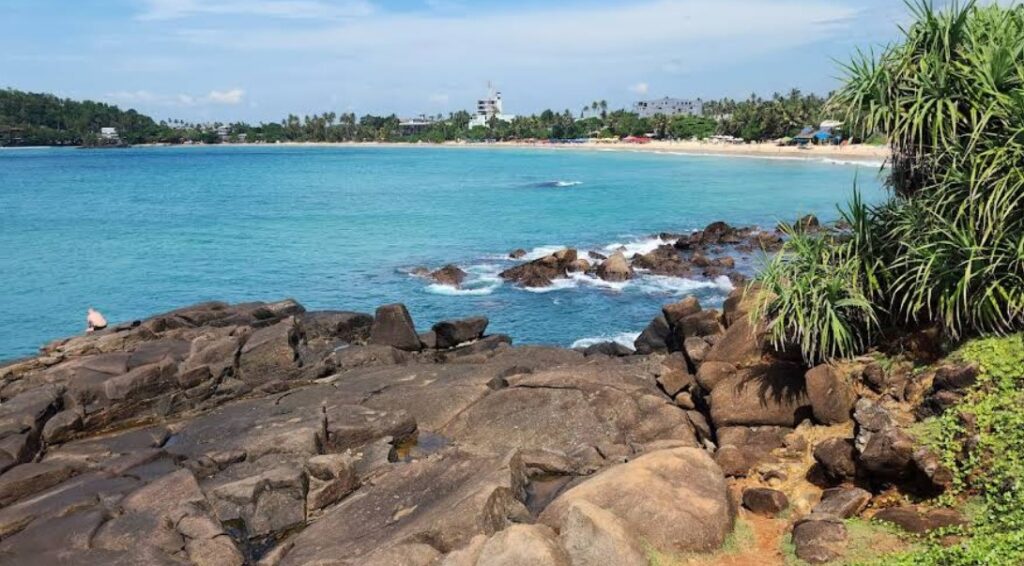
Matara: History and Heritage
Dutch Heritage and Matara Fort
While Mirissa’s touristy vibe, the real Sri Lankan city of Matara is vibrant and full of history. Matara was established as an important colonial town by the Portuguese in the 17th century and later by the Dutch. The Portuguese built Matara Fort and then the Dutch fortified it further. It still exists today as a legacy of the Dutch.
Along the sea, the fort has government buildings, churches, and residences. Individuals can walk on the walls and appreciate seascape, fish boats, and urban life.
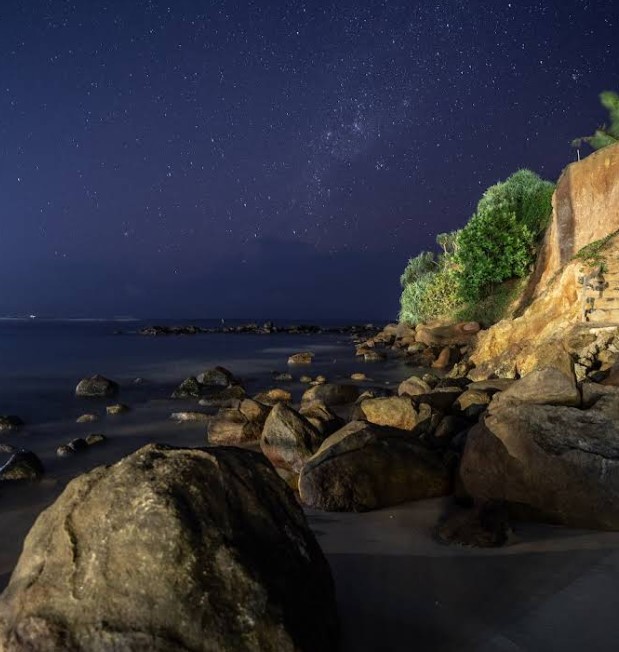
Star Fort
Another unique structure is the Star Fort, a tiny but well-preserved fort built by the Dutch in the shape of a six-pointed star. It was designed to protect the city from intrusions from within and today houses a small museum with local artifacts, colonial history, and old weapons.
Temples and Religious Sites
Matara is also known for Buddhist sites. One of the most iconic is Parey Dewa (Paravi Duwa) Temple, located on a small island with a pedestrian bridge leading to the mainland. The temple is serene and offers wonderful ocean vistas.
Weherahena Temple is another major site, which is known for its humongous seated Buddha statue and underground tunnel paintings depicting scenes from the Buddha’s life.
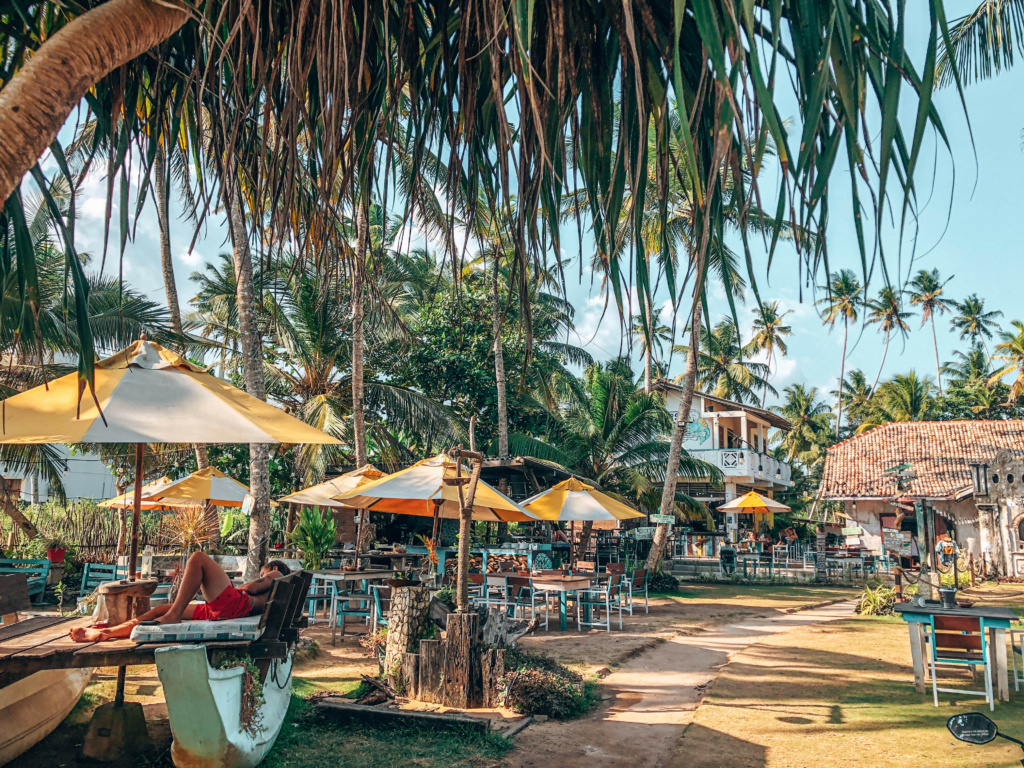
Culture and Daily Life
While tourism is the focus in Mirissa, Matara maintains a traditional atmosphere. Fresh fruits, vegetables, spices, seafood, and fabric are plentiful at the active Matara Market. Locals go about their daily lives in an environment less touristy and more indicative of genuine southern Sri Lankan existence.
The contrast between the two towns—Mirissa’s chilled-out coastal vibe and Matara’s vibrant city energy—makes a trip between them a diverse and enriching experience.
Festivals and Events
If you’re in the region during Sinhala and Tamil New Year (April) or Vesak (May), you’ll see both towns come alive with lanterns, rituals, and celebrations. Matara in particular holds grand parades and temple festivals, which draw people from across the region.
Cuisine and Food Scene
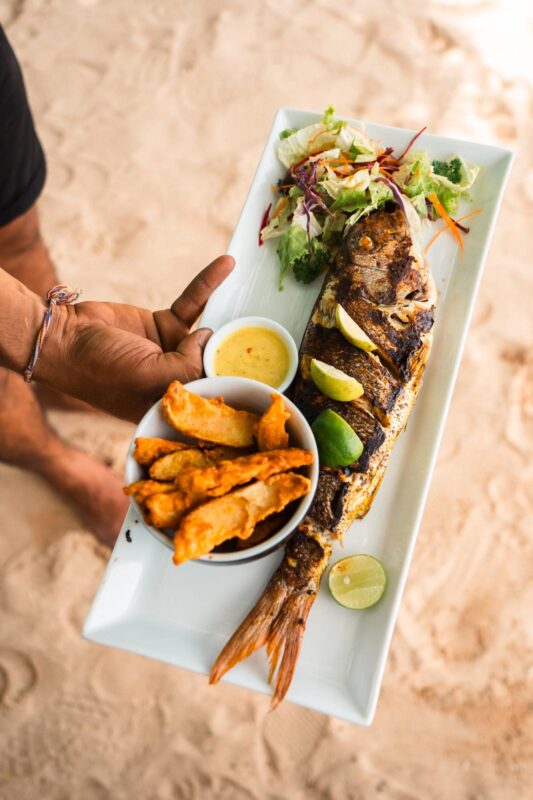
Mirissa and Matara are both good places to sample southern Sri Lankan cuisine.
In Mirissa, beach restaurants serve fresh seafood, prawns barbecued, tuna steaks, and Sri Lankan rice and curry with a western twist.
In Matara, the food is more authentic—eat ambul thiyal (sour fish curry), kottu roti, and pol sambol at local restaurants and street stalls.
Mirissa offers a range of accommodations: from budget-friendly hostels and surf camps to luxury villas and boutique hotels.
Matara has fewer luxury hotels but a range of guesthouses, budget hotels, and Airbnb accommodations well-suited for short stays.
Transport: Tuk-tuks, scooters, and taxis are readily available. You can hire a scooter very easily in Mirissa and go to nearby places like Matara, Weligama, and Dondra Head (southern tip of Sri Lanka).
Environmental and Community Awareness
As tourism is developing in Mirissa, environmental matters are assuming a higher profile. Beach cleanups, coral reef protection, and eco-whale watching are being highlighted more by local communities. Visitors are being encouraged to visit environmentally friendly facilities, avoid single-use plastics, and take care of marine life.
Matara, as a provincial capital, has a bigger urban presence but also has green plans such as improved refuse management and eco-parks.

Where is Mirissa Beach?
- Location: Southern Province, Sri Lanka
- Nearest City: Matara (10 km)
- Distance from Colombo: Approximately 150–160 km south of Colombo
By Car or Taxi (Fastest & Most Comfortable)
From Colombo:
- Route: Colombo → Southern Expressway (E01) → Exit at Matara → Drive ~10 km west to Mirissa via A2 road
- Total Time: ~2.5–3 hours
- Total Distance: ~150–160 km
By Bus (Budget Option)
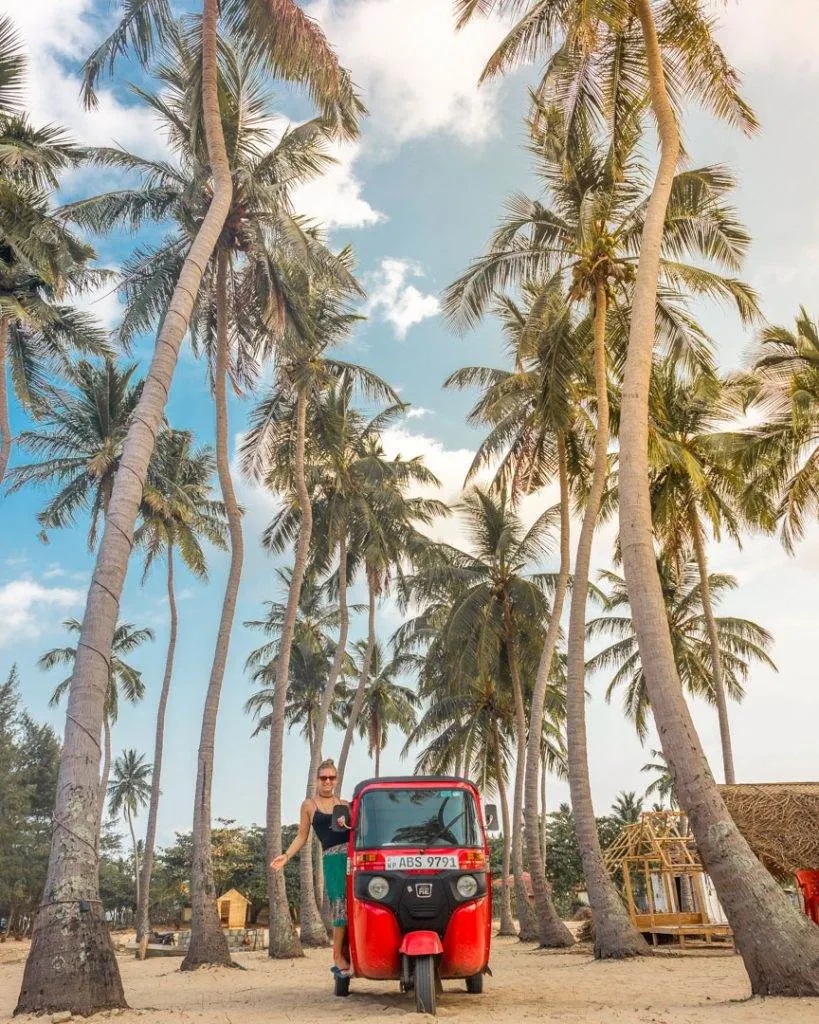
From Colombo:
- Go to Colombo Bastian Mawatha Bus Terminal (Pettah).
- Take a Colombo–Matara express bus on the Southern Expressway (E01).
- Get off at Matara Bus Station.
- From Matara, take a local bus or tuk-tuk to Mirissa (about 15–20 minutes).
By Train (Scenic and Affordable)
From Colombo Fort Station:
- Take a train on the Coastal Line heading to Matara.
- Get off at Mirissa Station (also called Kamburugamuwa) or Weligama Station (closer and more frequent stops).
- From the station, take a tuk-tuk (5–10 minutes) to Mirissa Beach.
By Tuk-Tuk or Scooter (Short Distance Travel)
If you’re staying in Matara, Weligama, or Galle, you can easily reach Mirissa by:
- Tuk-tuk: Rs. 300–1000 depending on the distance
- Scooter Rental: Rs. 1500–2000 per day (great for exploring nearby beaches)
